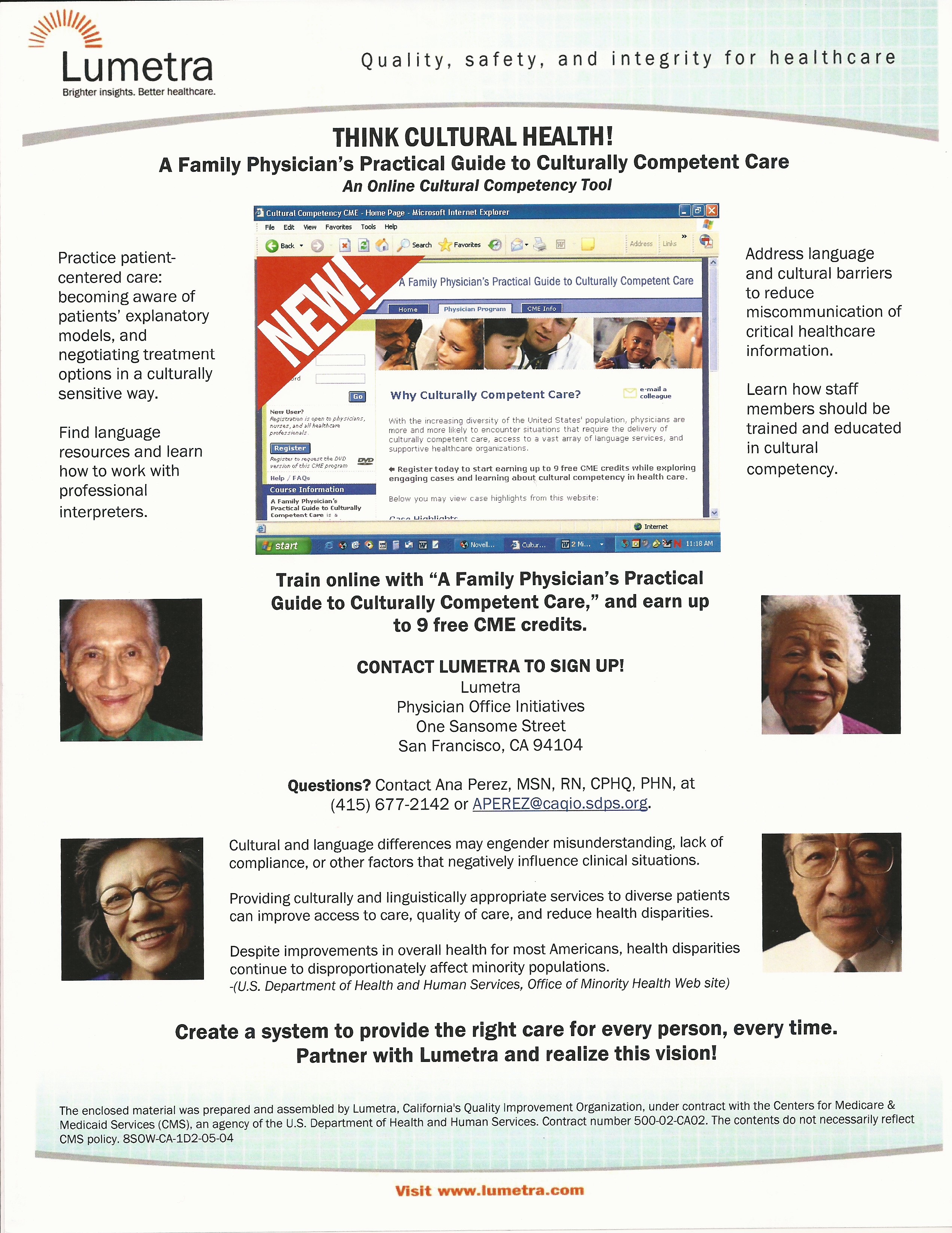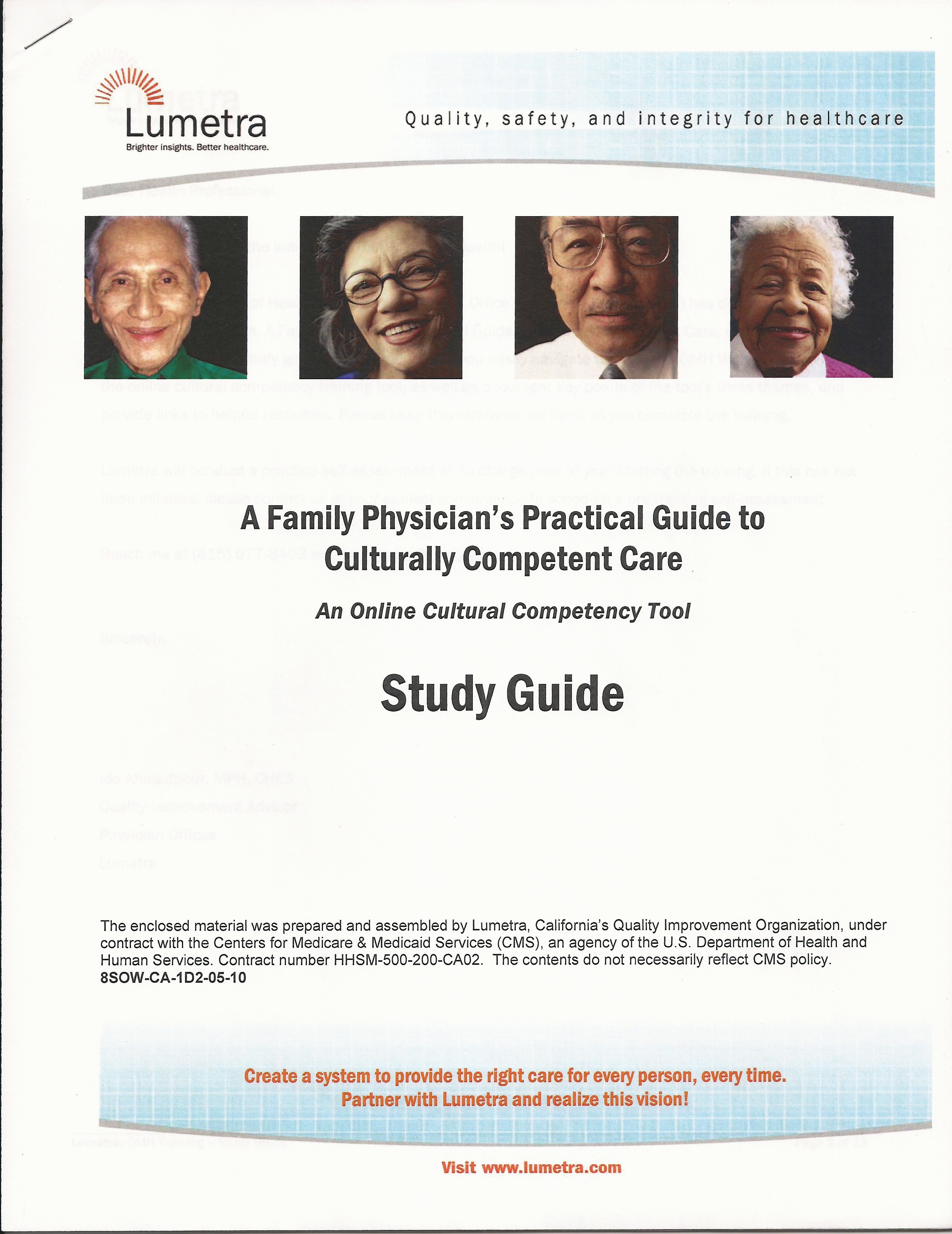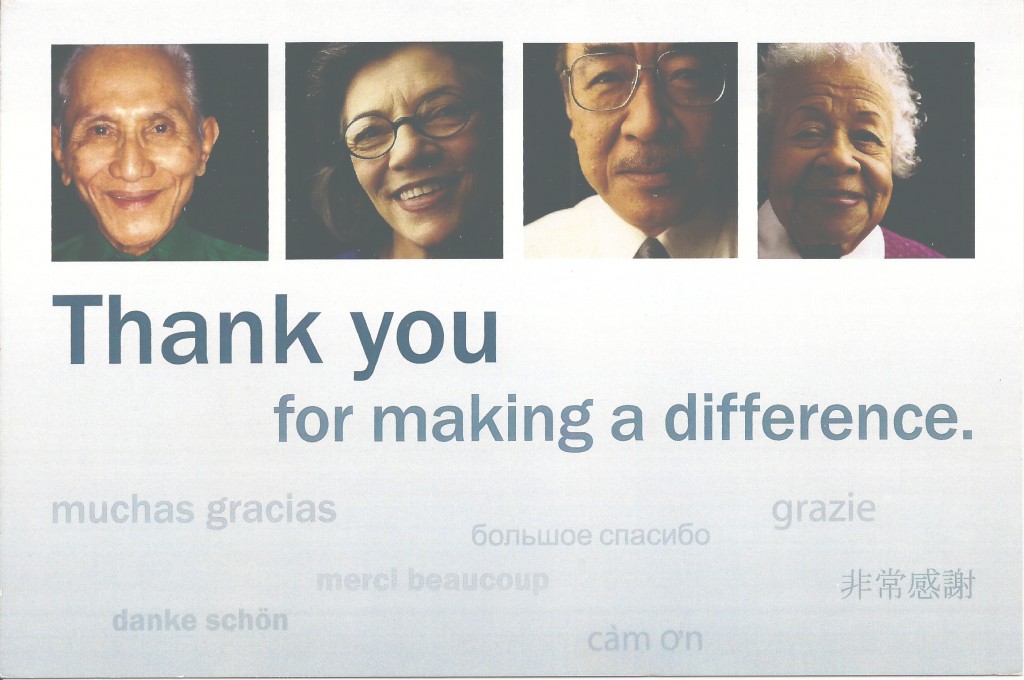


Working with health educators and quality advisors, I managed an integrated marketing communications campaign to promote cultural competency among healthcare providers and generate enrollment in the Office of Minority Health’s Culturally and Linguistically Appropriate Services (CLAS) online training course.
The online training course comprised several modules. The perception of CLAS as a non-priority and the time required to complete all modules were significant barriers to the completion of all sections.
Once physicians enrolled in the course, our objective was to promote completion of the entire course for credit via a sustained campaign and recognition of their effort.
Each enrolled practice had completed a CLAS assessment with its assigned Health consultant/ Quality Advisor, defining short- and long-term goals and ideas for implementing CLAS standards in the practices.
Participants received a personalized package of tools, information, community resources and educational supplies designed to help them move forward with the training and implement interventions in their practices. To fully support their effort, materials were complemented by direct assistance and consultation via onsite visits, telephone calls, e-mail, web seminars, and meetings.
In an effort to expand our outreach to providers and enlist participation in Task initiatives, I leveraged existing relationships and requested the collaboration and assistance of professional organizations who allowed us to target their membership for online messaging with links to enrollment.
I wrote and coordinated fax blasts, e-mails, and direct mail. I submitted promotional copy to professional organizations and stakeholders e-newsletters. I designed banners and buttons for our web site.
The ad I created with our graphic designer, “11 Pills”, depicting how a Spanish-speaking patient could misunderstand the term “once a day” for “once”, the Spanish word for eleven, potentially resulting in serious health complications, was placed in Southern California Physician and accepted as a tool for national distribution on MedQIC. It was also widely circulated as a flier, and displayed as a poster at conferences and meetings.
Concurrent articles with links to Lumetra tools and resources were written and submitted in the newsletters of professional organizations, including ACP and CAFP. Tools and enrollment options were prominently featured on Lumetra’s web site, with download, click-through and enrollment tracking metrics.
On-site visits have been very helpful to learn from our IPG challenges and barriers to active involvement in the QI project. We developed a tool to help us gather information during the visits and keep track of physician’s progress. Most practices’ reasons for ending their participation (5-6) in QI activities are related to the OMH on-line training. These physicians have found not value in the training, which they consider too time consuming and difficult to access.
I enlisted the collaboration of American College of Physicians (ACP) and California Academy of Family Physicians (CAFP) in our promotion efforts. I organized a webinar endorsed by CAFP past president Joseph Scherger, MD to their vast membership.
Working with the Team, I developed a list of possible incentives to offer physician practices that completed the online training, and requested participants’ feedback during on-site visits via a questionnaire. These incentives included:
Accountability within the team and with external partners was established through weekly Rounds and check-ins, special meetings, the use of project management software, and dissemination of information via creative briefs, memos, price proposals and periodic reports. Telephone check-ins kept our participants on track.
I regularly strategized with senior leadership and Team on initiatives to support and motivate our program participants with messaging and incentives. On a daily basis, I made sure that all communications initiatives and messages were consistent with organizational communications policies, mission, and objectives.
At the end of the project, I worked with Team leadership on a report to the Centers for Medicare & Medicaid Services.
As a result of this work, I was assigned to research and write a proposal for a cultural competency product for healthcare providers.



